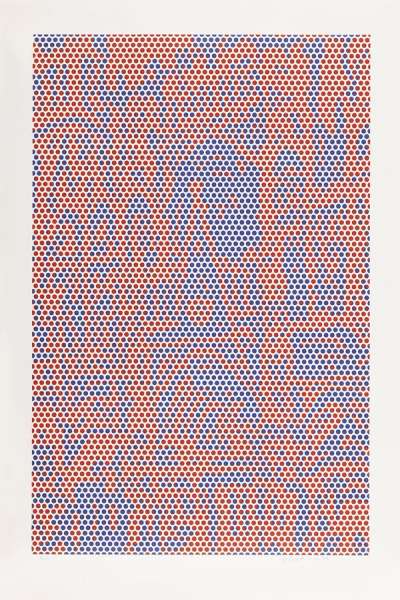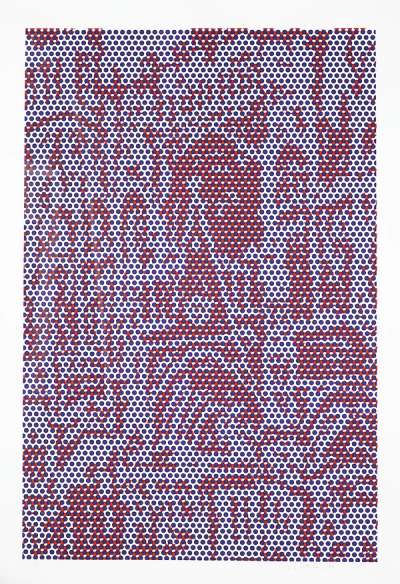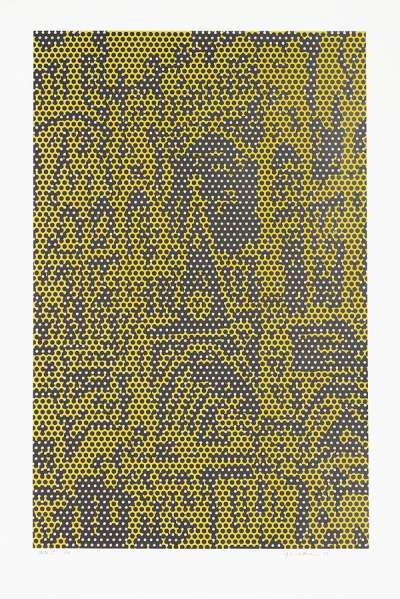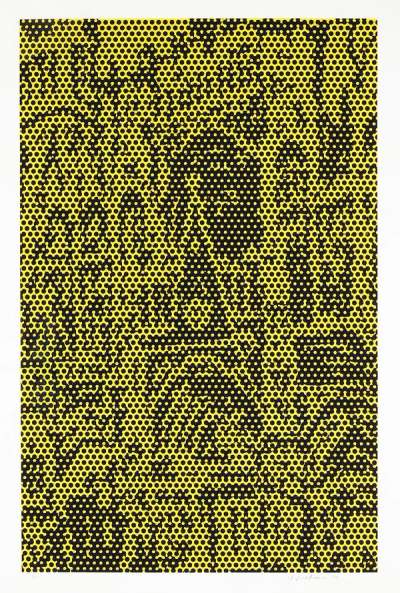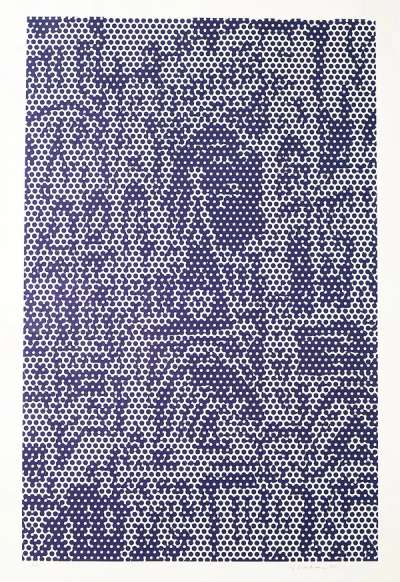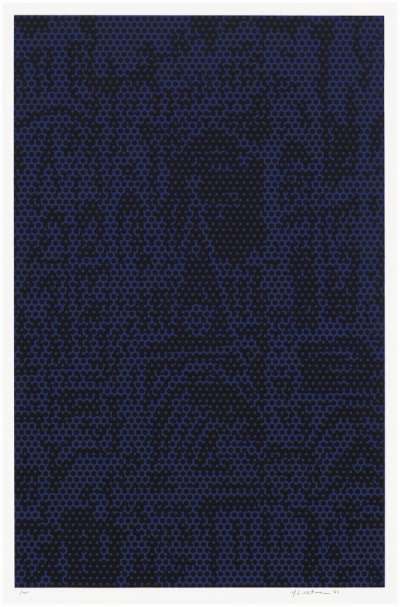
Cathedral 1
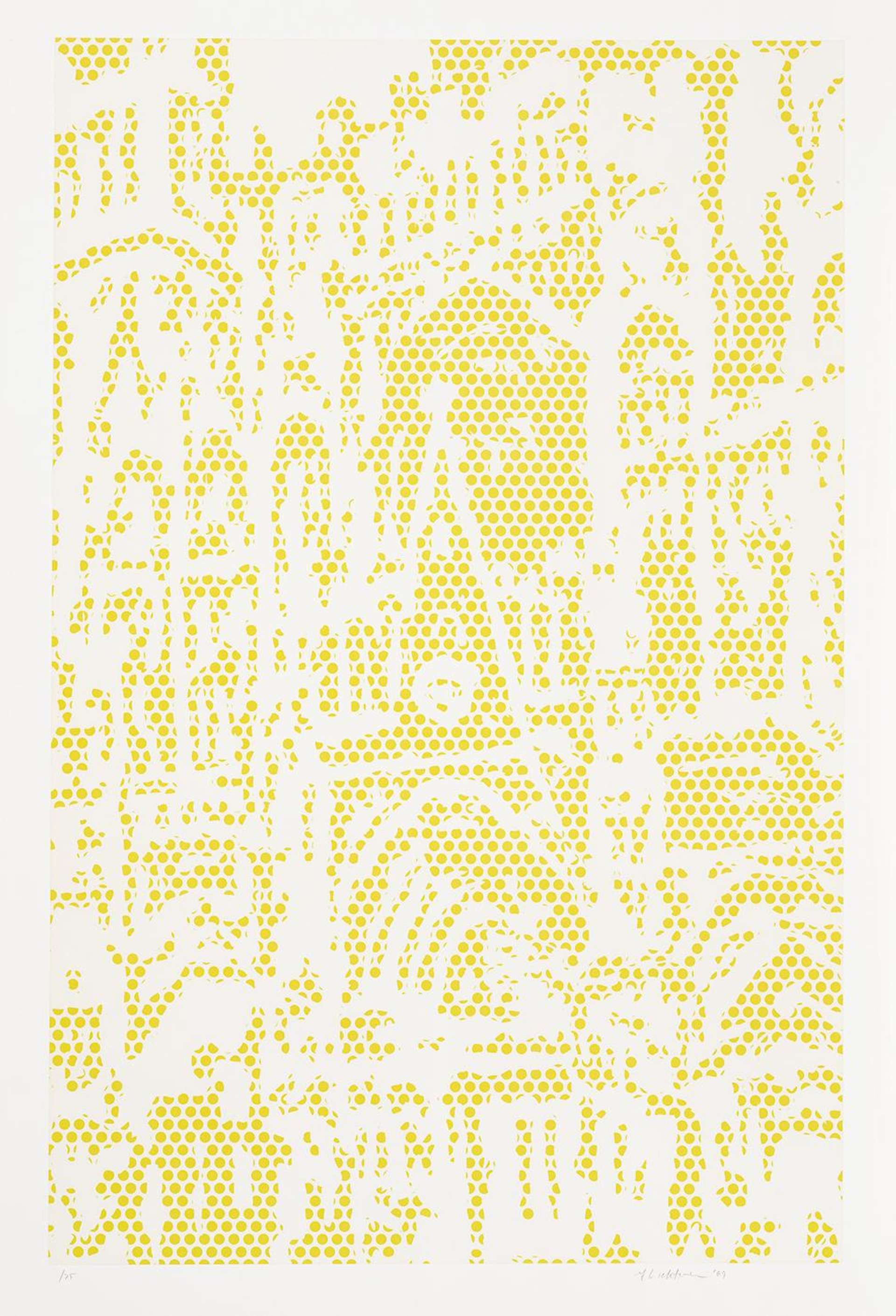
Cathedral 1
Signed Print
Roy Lichtenstein
£9,500-£14,000Value
Indicator
$18,000-$27,000 Value Indicator
$16,000-$24,000 Value Indicator
¥90,000-¥130,000 Value Indicator
€11,000-€16,000 Value Indicator
$90,000-$140,000 Value Indicator
¥1,810,000-¥2,670,000 Value Indicator
$12,000-$18,000 Value Indicator
AAGR (5 years) This estimate blends recent public auction records with our own private sale data and network demand.
There aren't enough data points on this work for a comprehensive result. Please speak to a specialist by making an enquiry.
Medium: Planographic print
Edition size: 75
Year: 1969
Size: H 123cm x W 83cm
Signed: Yes
Format: Signed Print
TradingFloor
MyPortfolio
Your collection tracked in real time.
Build your portfolio, manage valuations, view return against your collection and watch works you're looking for.
Track auction value trend
Auction Results
| Auction Date | Auction House | Artwork | Hammer Price | Return to Seller | Buyer Paid |
|---|---|---|---|---|---|
| March 2019 | Cottone Auctions - United States | Cathedral 1 - Signed Print | |||
| April 2017 | Sotheby's New York - United States | Cathedral 1 - Signed Print | |||
| January 2017 | Lempertz, Cologne - Germany | Cathedral 1 - Signed Print | |||
| October 2014 | Sotheby's New York - United States | Cathedral 1 - Signed Print | |||
| September 2010 | Aspire Auctions - United States | Cathedral 1 - Signed Print | |||
| January 1969 | Lempertz, Cologne - Germany | Cathedral 1 - Signed Print |
Meaning & Analysis
Roy Lichtenstein, an eminent figure of the Pop Art movement, created his Cathedral series in 1969. The artist was prompted by a photograph of Claude Monet’s 1894 series of oil paintings of the historic monument in Rouen, France.
Monet captured the cathedral at various points of the day, in order to illustrate the temporal movement of light reflected against its architecture. His rhythmic impressionist brushwork makes a close predecessor to Lichtenstein's trademark use of Ben Day dots.
While Monet’s repetition sought to reaffirm the singularity of the Rouen Cathedral, Lichtenstein’s depiction of the monument in Cathedral 1 mechanises the subject matter. The image is refined into uniform light yellow dots, bringing the observer’s attention to the act of seeing over what is portrayed.
The artist utilises a particular planographic printing process in this work, in addition to his usual combination of lithography and screen print. As opposed to a raised surface or incised surface, the image of Cathedral 1 is built on an entirely flat plane. The desired areas are treated with a greasy substance, like tusche, which is a liquidised carbon pigment. As a result, certain parts of the surface will reject the ink, while others will be more receptive to it during the printing phase.
